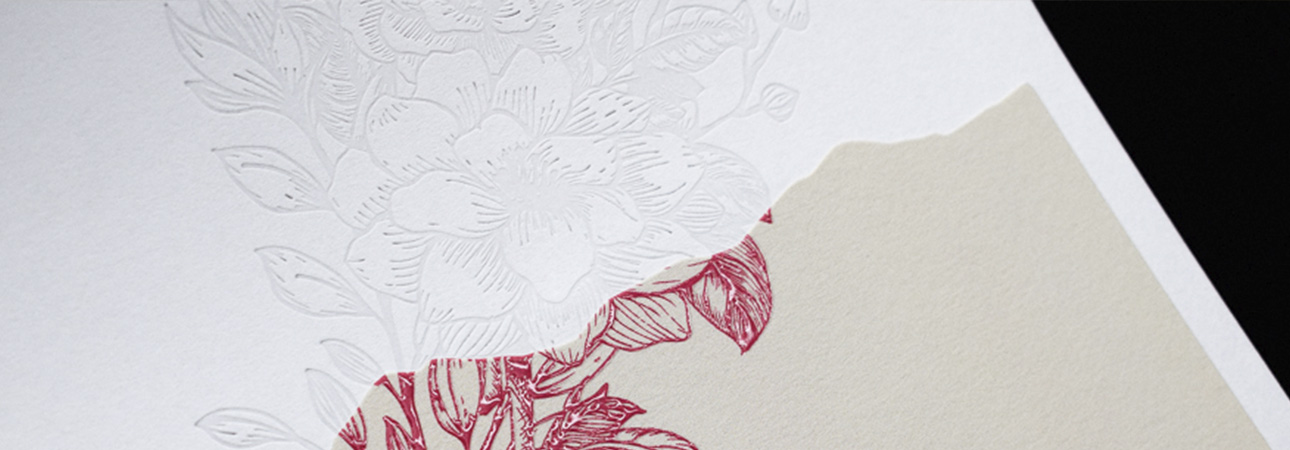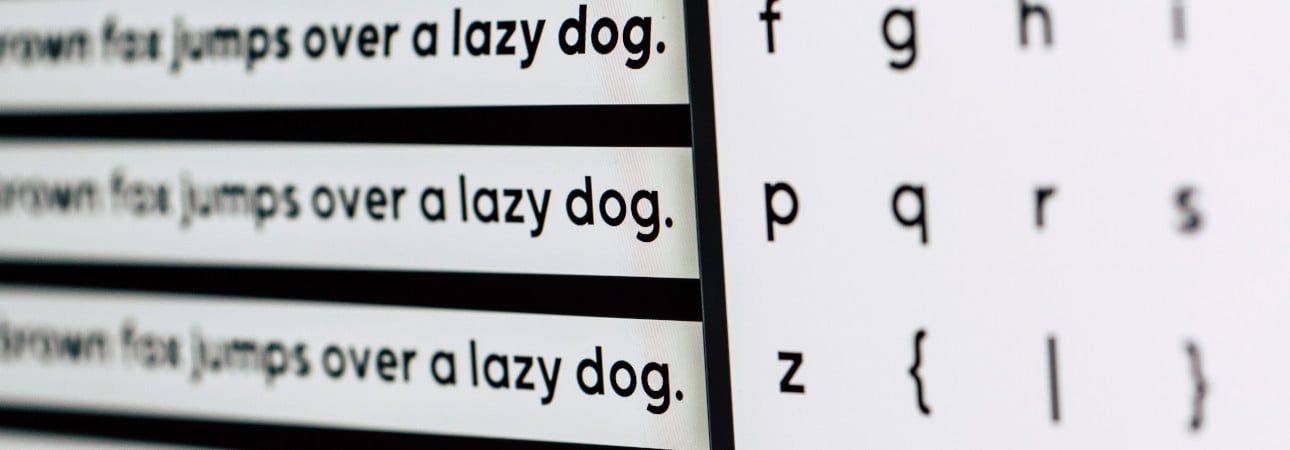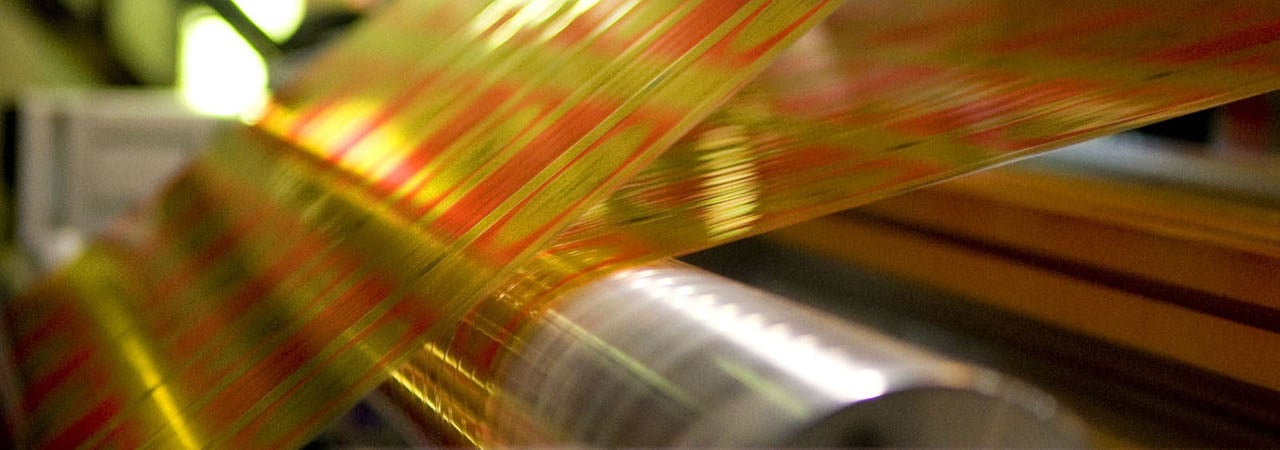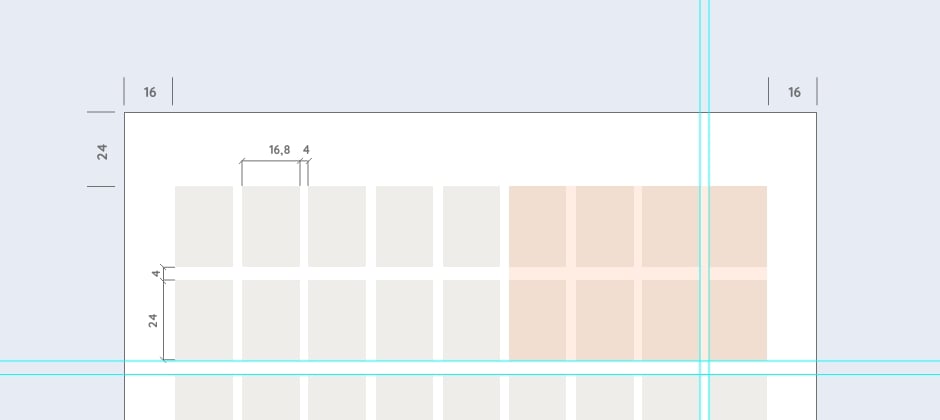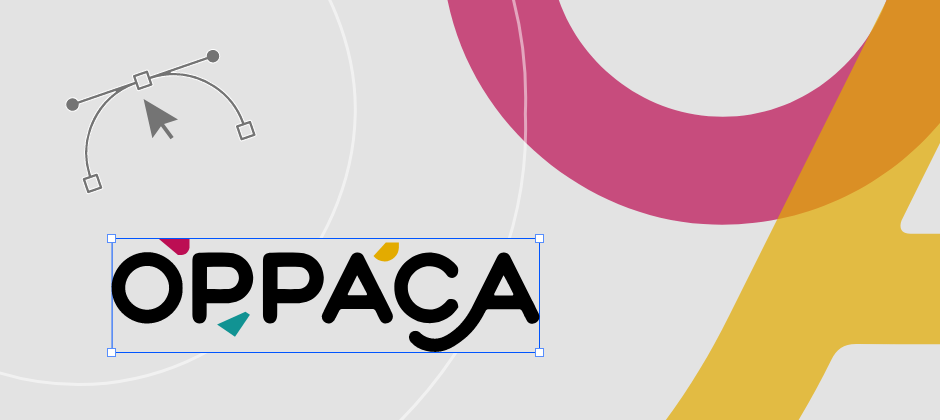Did you like the article? Share it!
Image resolution for print: everything you need to know
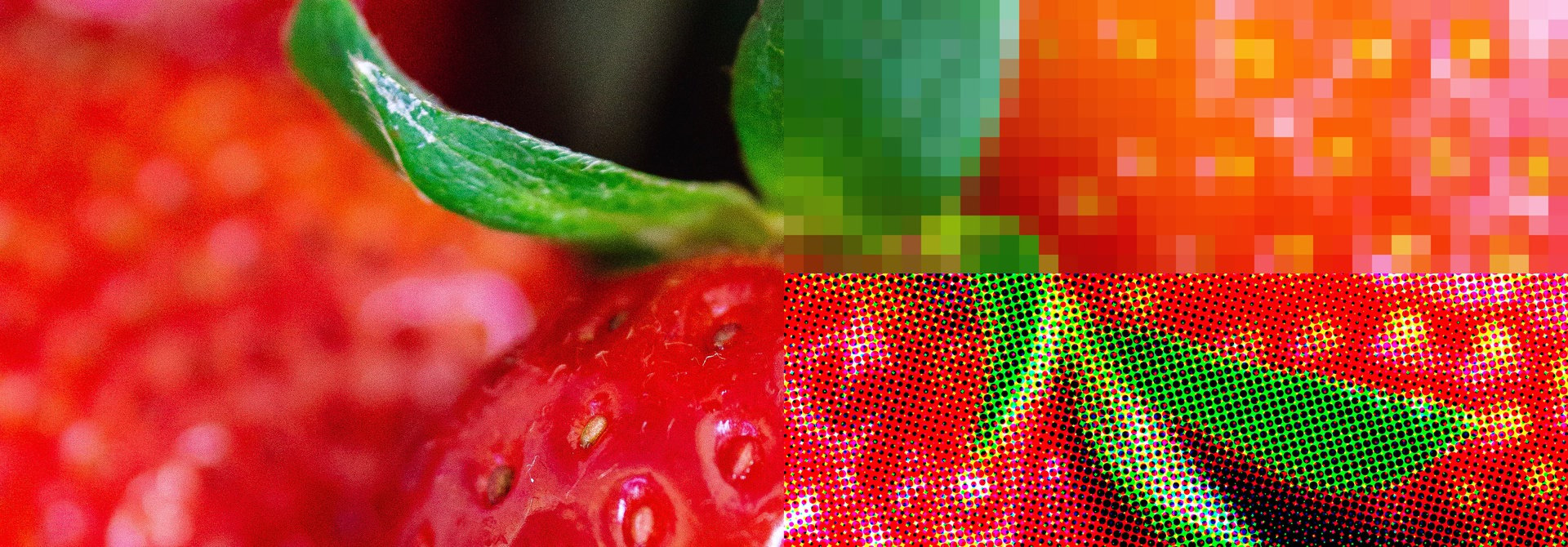
Surely you have heard of image resolution more than once; understanding its meaning and the implications that derive from it is fundamental, especially when it comes to printing. Today we want to explain to you what it is, why it is important and how to manage it correctly to obtain quality results.
As you know, digital images are made up of pixels. Each pixel corresponds to a single point of light that comes from a screen and takes on a single value/information of the entire image; in other words, a pixel can contain only one detail. Obviously, the higher the number of pixels that make up an image, the higher its degree of detail. Knowing how many pixels are present in an image gives us an idea of its quality and helps us understand when and where it is best to use it.
What is meant by image resolution?
By "resolution of an image" we mean the resolution of the pixels or the number of pixels present in that image. It is usually indicated in PPI, or Pixels Per Inch, a unit of measurement that shows the number of pixels displayed per inch (1 inch = 25.4 mm).
The PPI value is always linked to the width and length of the reference image and is expressed as the horizontal measurement of the image for the vertical one. The relationship between the size of the image and its resolution always remains constant, unless you go to intervene on the image with resamplings.
For example, knowing that the resolution is 6000x4000 tells us that the image is 6000 pixels wide and 4000 pixels high. Furthermore, by multiplying the two digits, the total number of pixels present in that image can be obtained. In this case, 6000x4000 resolution equals 24,000,000 pixels, which is most commonly written as 24 megapixels (MP). This data corresponds to the size of the image, which indicates the space it occupies. As the number of pixels increases, the size of the file also increases, and therefore the space required for its saving, but also the time needed to process it.
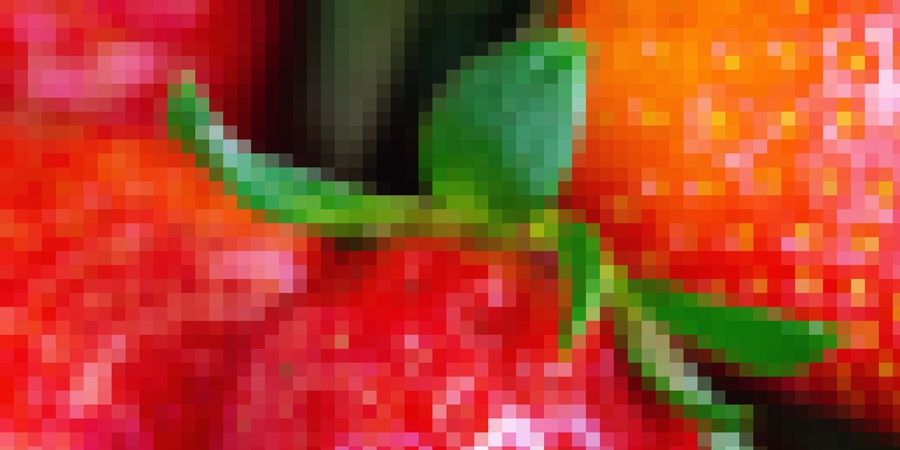
La qualità di un’immagine
To understand the quality of an image, however, it is not enough to look at its resolution, it is necessary to relate its PPI with the width and height measurements. A high amount of pixels per inch, and therefore a high resolution, allows for a detailed and sharp image. When the pixels per inch are few, therefore you will have a low-resolution image, if enlarged more than necessary this will appear as a grid in which the pixels will be visible.
Note. Remember, it's always better to have more information than not enough! By this we mean to always try to acquire images at the highest possible resolution, as much as possible you will reduce it if necessary.
PPI or DPI: what are the differences?
Speaking of resolution, you have surely heard of terms like DPI and PPI. Before, to explain what it is we have told you that the resolution of an image is usually expressed in PPI, but in reality, it can also be indicated with another unit, the DPI or Dots Per Inch (dots per inch). In both cases, they indicate a way to measure the resolution of an image, but with PPI we mean a resolution on the screen while with DPI a resolution in print. They are two units connected to each other, but which refer to very different fields; this is why it is important to know them so as not to confuse them and make messes by going from digital to print.
If we talk about PPI, then Pixel Per Inch refers to the density of the pixels within an image, while in the case of DPI, then Dots Per Inch to the density of the points. But of which "points"? Since it is a print, the dots are those of ink through which the image is reproduced and the associated colour method is CMYK. Therefore, as for PPI, the higher the dot density, the higher the print quality will be.
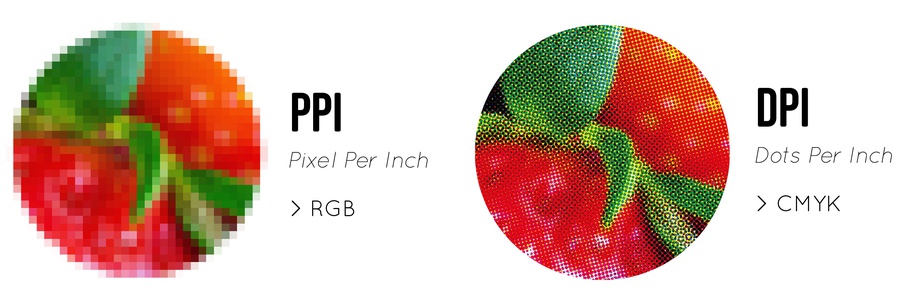
What is the resolution of an image for printing?
The basic standard for printing images is commonly considered the value of 300 DPI. In any case, where it is not possible to do otherwise, you can still print at a lower resolution, but it is always good to never go below 150 DPI because the pixels would be evident and what is on the screen is a clear image, on paper would appear pixelated.
Furthermore, as regards printing, depending on the type of media chosen, the resolution required to obtain a clear image also varies. On a glossy coated paper, imperfections will be much more visible than on a more natural marked paper.
How to know an image resolution?
Resolution is one of the many pieces of information contained in the image's metadata; it is, therefore, possible to know it by going to see in the “Properties” of the file. Whether you are using a Mac or a PC, just right-click on the file and select Get Info on Mac, or Properties / Details on PC.
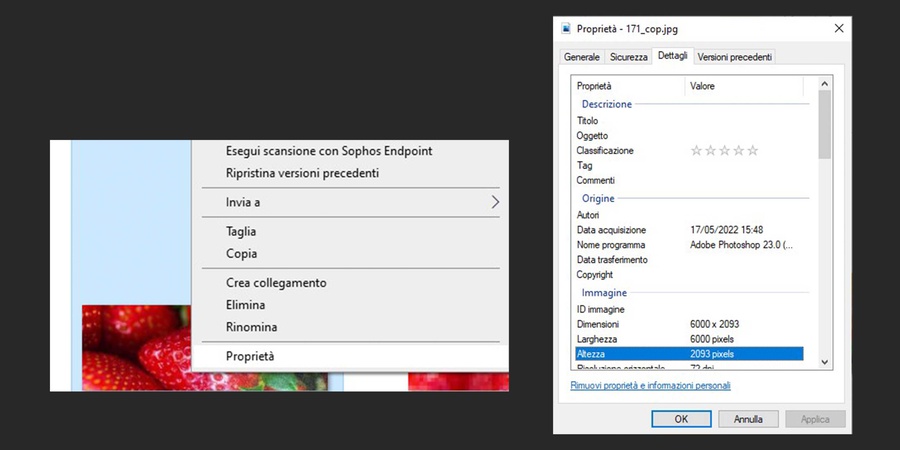
How an image can be used is closely related to its resolution. Low-resolution images don't have the same degree of detail as high-resolution ones, but this lack is compensated for inefficiency. In terms of file size, low images are smaller and in some areas, this can be useful. Thanks to their small size they are optimized for the Web; their loading is faster and this helps to improve the user experience.
Juggling from the digital world to the print world can be more complicated than expected and to do it correctly you need to have good skills. For this reason, knowing how to work with the right resolution and knowing how to manage it is important for obtaining quality results. And remember, if you need help managing your next project, the Oppaca team is at your disposal to help you do it as efficiently and effectively as possible.
Next

